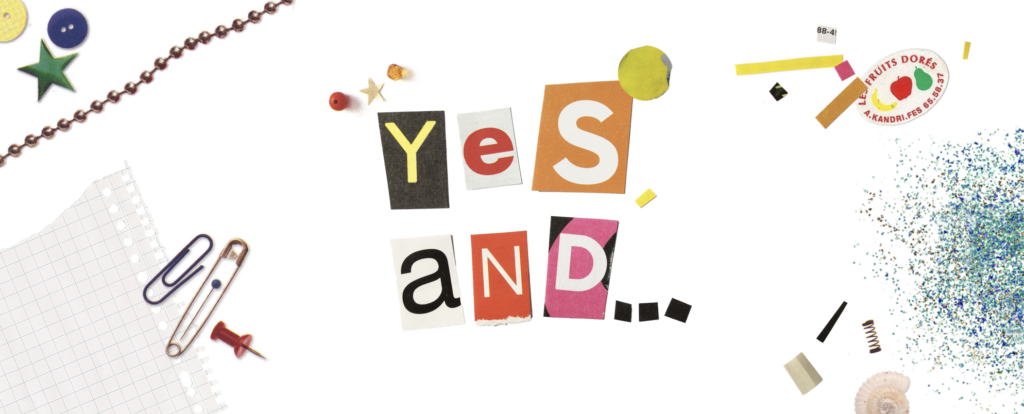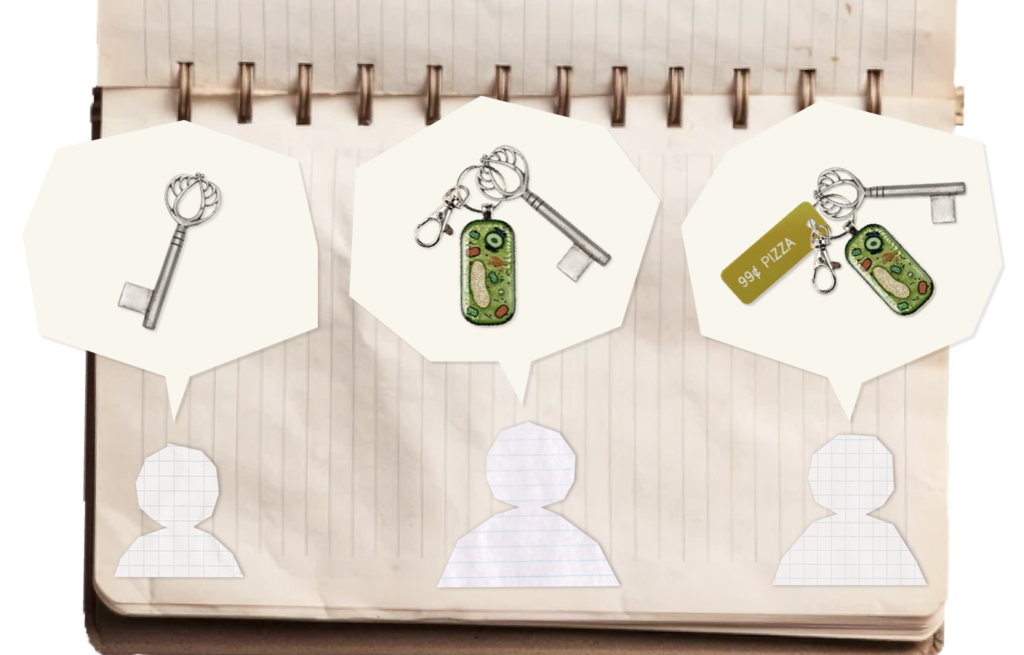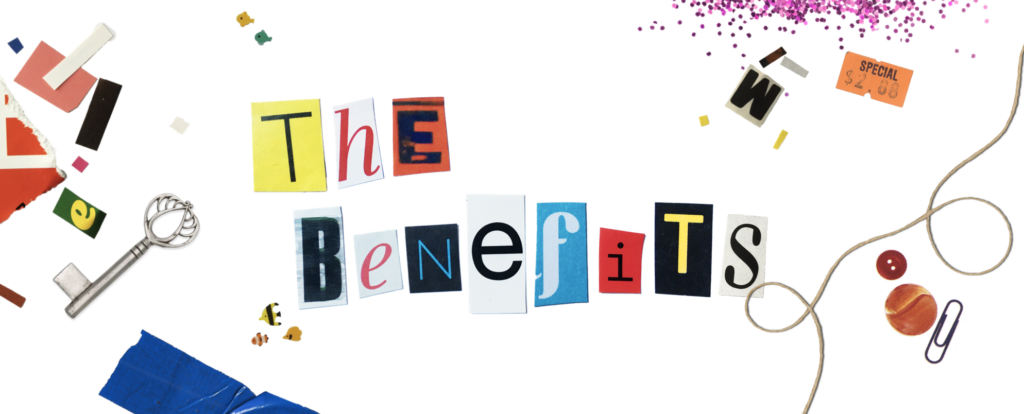“Yes, And…”
“Things are changing for me. The era of ‘yes’ has begun.”
The character Carl Allen (played by Jim Carrey) from the movie Yes Man boldly proclaims this statement as he transforms from a hostile and withdrawn man to a positive and social being who says “yes” to all opportunities.
In summary (warning: spoiler alert!), the movie is about openness to new experiences, the power of being open-minded, the importance of boundaries, and living life to the fullest.
I love this movie because it is funny, charming, chaotic, and heartwarming. While the most hilarious scenes stick out – an impromptu trip to Nebraska, a scenario involving the aftermath of too many Red Bull energy drinks, and a sing-along life-saving intervention moment – the ultimate messaging got me thinking about how saying “yes” can improve your life, personally and professionally.
It also got me thinking of a fun exercise I learned years ago, one summer at camp when I took an acting workshop.
The “Yes, And” improv technique is a core exercise (and way of thinking) that improvisational actors use to build scenes and stories collaboratively, without judgment or resistance.
How does it work? Essentially, one actor starts a scene with any statement, and the key then is for the next actor to build upon it and accept whatever scenario the first actor offers. They start by saying, “Yes, and…” and then introduce their own idea that adds to the statement and furthers the idea along.
The back-and-forth (or forwarding to other actors) then continues with each actor adding more details, expanding upon and playing out the scene based on the growing and evolving storylines that are introduced.
The focus is on acceptance, with necessary spontaneity, quick-thinking ideation, and a problem-solving attitude. The benefit is that the actors can brainstorm and share ideas without judgment because refusing the “Yes And” introduced idea would bring the scene to a jarring stop.
Now, apply this concept to a team brainstorming session.
You wouldn’t want your colleagues to feel uncomfortable sharing their ideas or fearing they may get shut down, right? So, try approaching your next creative session with the “Yes, And” mindset and see where it takes you.
For example:
🤔 “What if we had a dedicated platform for employee recognition, where colleagues could shout each other out for great work?”
💡“Yes, and… what if this platform gamified the recognition process, awarding points and badges for giving and receiving shoutouts?”
💡“Yes, and… what if this platform didn’t just focus on individual achievements, but also on team wins and project milestones?”
💡“Yes, and… what if these team wins could be celebrated visually on screens around the office, boosting morale and department spirit?”
See how productive, collaborative, and fresh idea-building can be?
Other brainstorming techniques take this “judgment-free” mentality as well.
Our CEO, Pinaki Kathiari, hosts an interactive session called “Paper Airplanes & Ideas That Fly,” which consists of a series of ideation exercises. One of those brainstorming activities is “180-degree thinking,” which has a similar result to the “Yes, And” technique above.
For this activity, you think of as many “bad” ideas as possible in a short time.
Yes, you read that right.
How does it work? First, set a timer and let yourself list as many (intentionally bad) ideas as your mind can think of. This takes our brains away from conventional thinking in a dramatic way. It draws out ideas from parts of our brains that we don’t usually go to. It also allows you to ideate without judgment.
When your time is up, review your list – that’s where 180-degree thinking comes into play.
Pick an idea and ask yourself, “What could make this actually work?” and see what you come up with. A seemingly silly idea might transform into a substantial one right before your eyes. Some of the best ideas that I’ve come up with originally came from what others would perceive as a bad idea or throwaway thought.
So, why are these brainstorming activities so effective?
There are some obvious benefits to these brainstorming exercises, and in addition to coming up with some new and fresh ideas, sitting at the top of the list is fostering a sense of creativity within your team.
By reserving judgment, you’re encouraging your team to think outside of the norm – and that’s really where all of the innovative and game-changing ideas live. When someone throws out an idea, use “Yes, And” to build upon it, no matter how strange it might seem. You might be surprised where the conversation takes you!
This back-and-forth creates a dynamic flow of ideas, forcing individuals to devise solution-oriented ideas in the moment (or at least say something that may spark another great idea from a different teammate). Instead of focusing on limitations, it uses each other’s ideas as springboards for creative problem-solving.
It also encourages active listening among teams, as colleagues must find connections and build upon each other’s contributions instead of just speaking their own. By doing so, you’re encouraging a positive and trusting environment where people can be vulnerable and have a voice.
Bonus: You may even have a good belly laugh at some point (or two) throughout the process.
So, why don’t you say “Yes” and try it out on your team? Boost your mood, team creativity, and morale?











